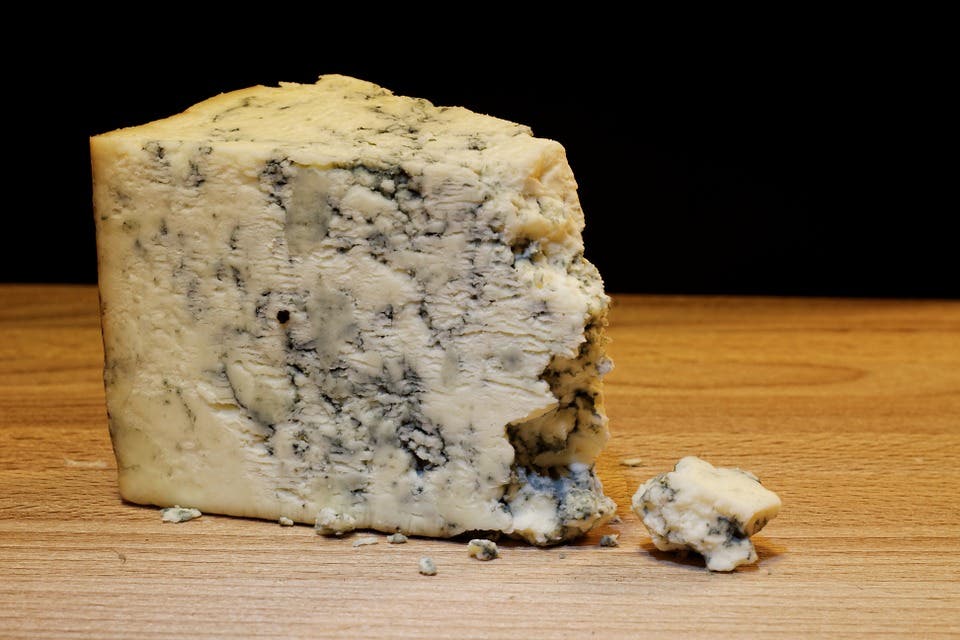Unlike our pinkish, frail frames, mold may be able to survive on the outside walls of our spaceships. Even when drenched in hard radiation.

The International Space Station isn’t as squeaky-clean as you’d expect: in fact, it turns out that our current home in space is plagued by mold. Every week, astronauts spend several hours scrubbing and cleaning its inside walls to prevent this mold from impacting their health.
However, new research suggests that efforts to completely de-mold the ISS may be in vain. Mold spores can survive even on the outside walls of the station and can bear radiation levels thousands of times harsher than ourselves. The results also point to mold as a useful ally on space travels, which could help supply the crew with biological products such as antibiotics or vitamins.
Stowaways, cosmic rays
“We now know that [fungal spores] resist radiation much more than we thought they would, to the point where we need to take them into consideration when we are cleaning spacecraft, inside and outside,” said Marta Cortesão, a microbiologist at the German Aerospace Center (DLR) in Cologne, who presented the findings at the 2019 Astrobiology Science Conference.
“If we’re planning a long duration mission, we can plan on having these mold spores with us because probably they will survive the space travel.”
Mold spores can withstand extreme temperatures, ultraviolet light, chemicals and dry conditions. This resiliency makes them hard to kill. Spores of the two most common mold types on the ISS — Aspergillus and Pennicillium — can survive exposure to X-ray levels at over 200 times the deadly dose for humans, the team found. The findings show how important planetary protection protocols designed to prevent spacecraft from contaminating other planets with Earth-borne life are, and that we need to reconsider how much of a threat fungi spores are from this point of view.
The good news is that these two species aren’t generally harmful to humans. They can impact people with weakened immune systems in cases of extreme exposure (i.e. when inhaling a large quantity of these spores). However, Cortesão believes we can coax these molds to work in our favor. Fungi are more similar to us, genetically, than bacteria: they’re made up of complex cells with a structure resembling ours, and they come equipped with the biochemical machinery to synthesize polymers, food, vitamins, and other useful molecules astronauts may need on extended trips beyond Earth.
“Mold can be used to produce important things, compounds like antibiotics and vitamins. It’s not only bad, a human pathogen and a food spoiler, it also can be used to produce antibiotics or other things needed on long missions,” Cortesão said.
In the lab, Cortesão exposed fungal spores with ionizing radiation, high-frequency ultraviolet light, and heavy ions to see how they fared. Ionizing radiation kills cells by damaging their DNA and other essential cellular infrastructure but gets blocked by our planet’s magnetic field (the ISS also benefits from this shielding). Earth’s ozone layer protects us from high-energy UV down here on the surface. However, spacecraft going to the Moon or Mars would be exposed to both.
Cortesão reports that the spores survived exposure to X-rays up to 1000 gray, exposure to heavy ions at 500 gray and exposure to ultraviolet light up to 3000 joules per meter squared. Gray is a measure of absorbed dose of ionizing radiation (joules of radiation energy per kilogram of tissue). Half a gray is the threshold for radiation sickness in humans, while five gray is the lethal threshold.
A 180-day voyage (about as long as we’d need to get to Mars) is estimated to expose passengers to around 0.7 gray. In other words, it could cause some issues for the human crew, but not for the mold.
In the future, the team plans to expand its search to understand how the combination of radiation, vacuum, low temperature, and low gravity in space affects the fungi.
The findings ” Fungal Spore Resistance to Space Radiation” have been presented at the 2019 Astrobiology Science Conference (AbSciCon 2019) on the 28th of June.
Was this helpful?



